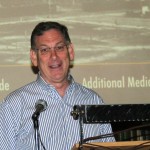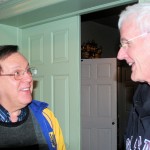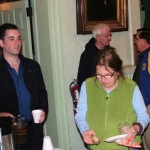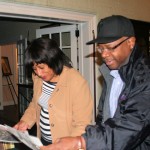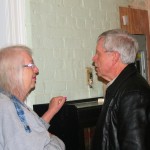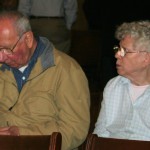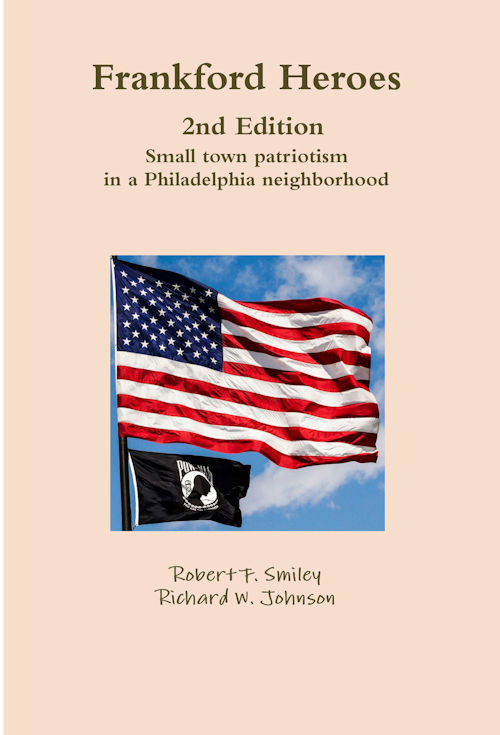Continuation of Lyle (Corky) Larson remembers:
Toasters
They were made of metal and were shaped like a pyramid with slots running up all four sides. You placed them on top of the gas stove and placed the slices of bread upright against the sides. As the heat reached up inside the toaster, it would blacken or if you were lucky, brown the side of the bread. You would then have to turn the slice over to get it done on both sides. Many a burnt finger was caused by this process.
Hangouts
We as teens, hung out at “Big Boys” drive-in on the Boulevard near Cottman Ave. They had the cutest waitresses with short skirts and sweaters as uniforms, complete with “Bobby Socks”. Pull your car into one of the many parking spaces and have a girl come out and take your order. In just a little while, she would return with a tray full of food and hook the tray on your car door. The milkshakes were the best! Even if you didn’t have any money for food, it was fun and the accepted thing to drive very slowly through the parking lot (cruise) to see who was there that evening. It was also a great place to be seen with your date.
The Front Porch
The front porch was probably the most important part of keeping a neighborhood together; it was also a way to escape the heat. During the summer months, it was a relief just to be able to get out of these hot houses. Each afternoon, people would wander out of their houses to enjoy the cool air. This was before air conditioning. Almost every house had it’s own front porch, complete with a decorative railing to protect you from going off the edge. Some were furnished with swings suspended from the ceiling with chains, or gliders others had wicker furniture, complete with coffee tables and upholstered sofa and chairs. Toward late afternoon, many of the folks would be sitting on their porches having iced tea and chatting with their neighbors. However, they were never too busy to stop and greet the people who were coming home from work as they walked down the street. There were no strangers on my block. Moms and dads would use this vantage point to look out for each others children who might be playing outside. If a skirmish might rise up, it was the unspoken duty of any grown-up within shouting distance to keep things under control. The magic part of all this is that the kids had enough respect instilled in them to “Listen To Their Elders! When you walked home, many times you would say hello to as many as twenty neighbors and even catch up on the latest news. Some of the folks used to sit on their porches from early morning till dusk, reading the paper, catching up on the sewing or even doing some of the preparation for that night’s dinner. Many times my grandmother and I would sit there and snap beans or peel potatoes. As time went by, some of these porches were glass enclosed and they were called Sun Porches. This process made them useable during part of the colder months as well as the summer. It was not unusual to come out of your house during a rainstorm and find one of your neighbors taking refuge on your porch. (“Just till the rain lets up a bit.”) It was also a great place for the kids to stay out of the weather and it was large enough to accommodate the kids and their toys. A lit porch light was always a sign of “Welcome”, it was also an indication that you were in trouble for being late if you were a kid and just getting home! I‟ll wager that many lasting romances began on these very porches Perhaps your parents began their courtship on one of them.
